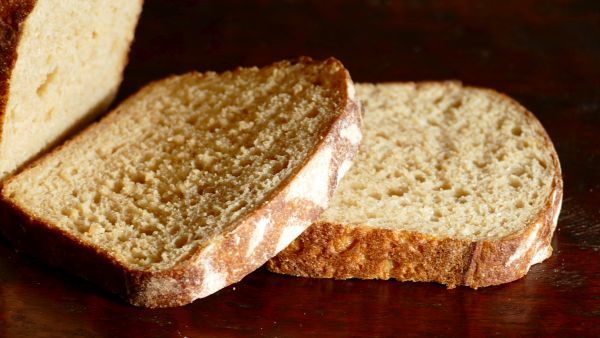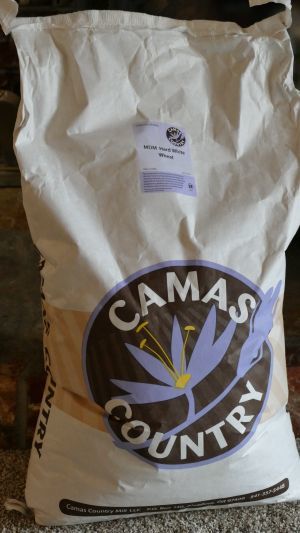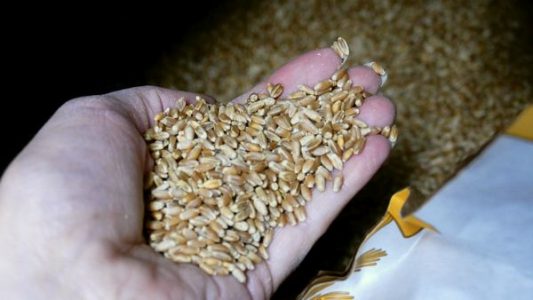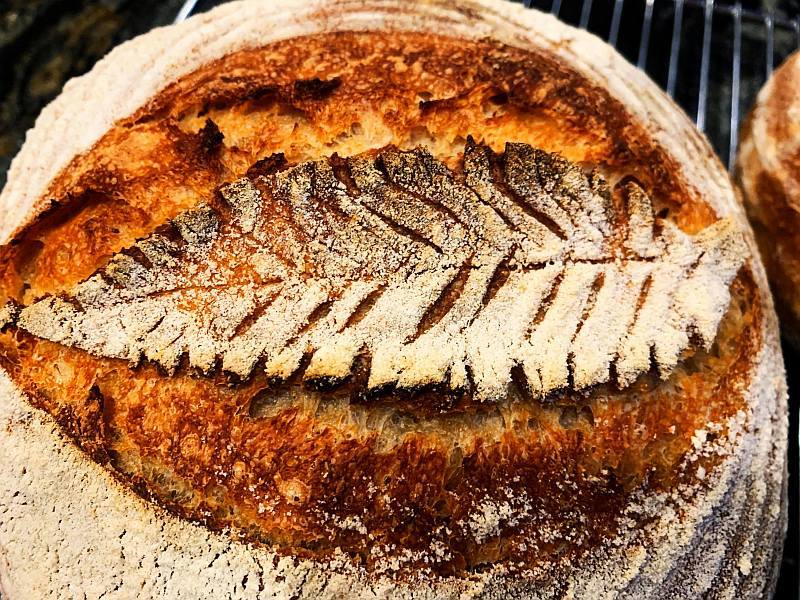What Does the “Ash Content” of Flour Mean?


The ash content of flour is an interesting subject for bakers.
The ash content of flour refers to the mineral content which is measured by burning the sample of flour to ash and then measuring what’s left. Since most of the mineral content resides in the bran and germ of the grain, high extraction flours (more whole grain flours) generally have more ash content. However according to studies done, mineral content is not only reserved to the bran/germ of the grain and different types of grain can have different amounts of mineral content even with a low extraction (whiter flour).
According to the articles linked here at the bottom of the page, the flour types are not so easily compared as French flour is measured as a percentage of dry matter and US flour is measured at a certain hydration level. So a drier French flour might have higher ash and protein content simply because it’s more desiccated (or concentrated) because of being measured against it’s dry state. A more humid flour would contain higher water content and so seem like it had less ash and less protein but if you dried (dehydrated) the flour so it had the same water content as the French flour it might have a more similar ash and protein content.

So in general for a home baker, a higher ash content will generally mean flour that has a higher extraction rate (more whole grain particles left in the flour). Higher ash will contribute to the flavor of the bread and the nutrient quality but will also compromise the gluten strength.
The outer portions of the grain contains most of the protein so testing for protein along with the ash content is done for an analysis of what types of baked goods the flour is suitable for. Lower protein flour is more beneficial for baked products that need to be tender and higher protein flour is more useful for breads, pizza and bagels.

Flour with higher amounts of bran/germ particles may be higher in protein but the protein bonding will be compromised by the cutting action of the particles. Milling a flour to a very fine state can help overcome the gluten degradation which occurs with the higher extraction rate flour types.
To read more about ash content in flours follow the links below:
Teresa L Greenway


Why don’t the commercial flour manufacturers in the U.S. list the grind of their flour? Even King Arthur WWW flour has large flakes it, that I would prefer to have been ground more finely. Yet, when they answer my email they only respond that American flour isn’t graded that way.